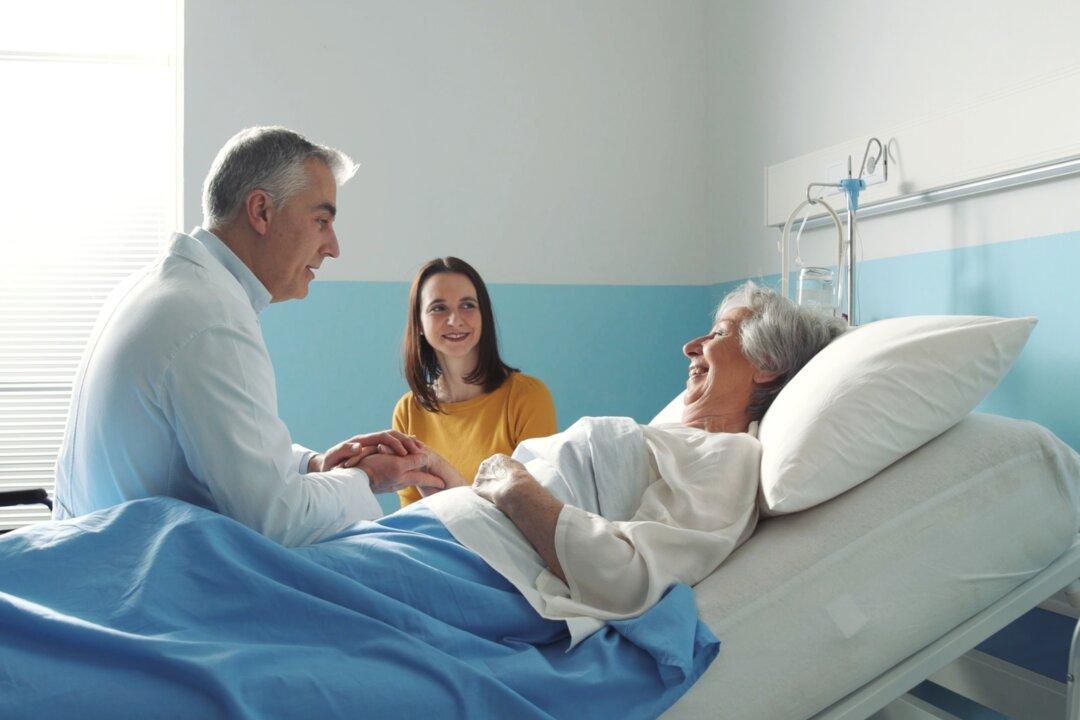Society gives short shrift to older age. This distinct phase of life doesn’t get the same attention that’s devoted to childhood. And the special characteristics of people in their 60s, 70s, 80s, and beyond are poorly understood.
Medicine reflects this narrow-mindedness. In medical school, physicians learn that people in the prime of life are “normal” and scant time is spent studying aging. In practice, doctors too often fail to appreciate older adults’ unique needs or to tailor treatments appropriately.





